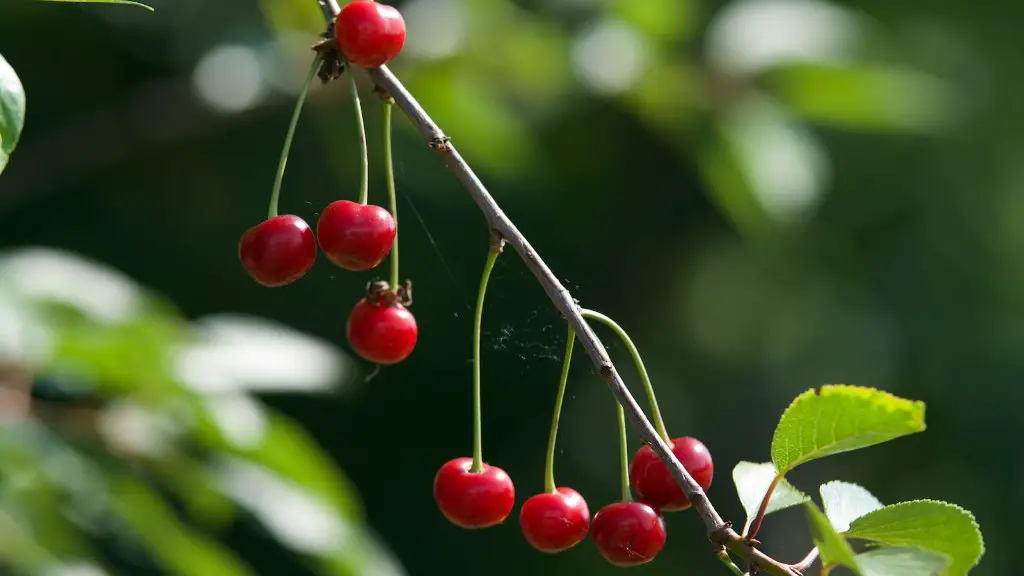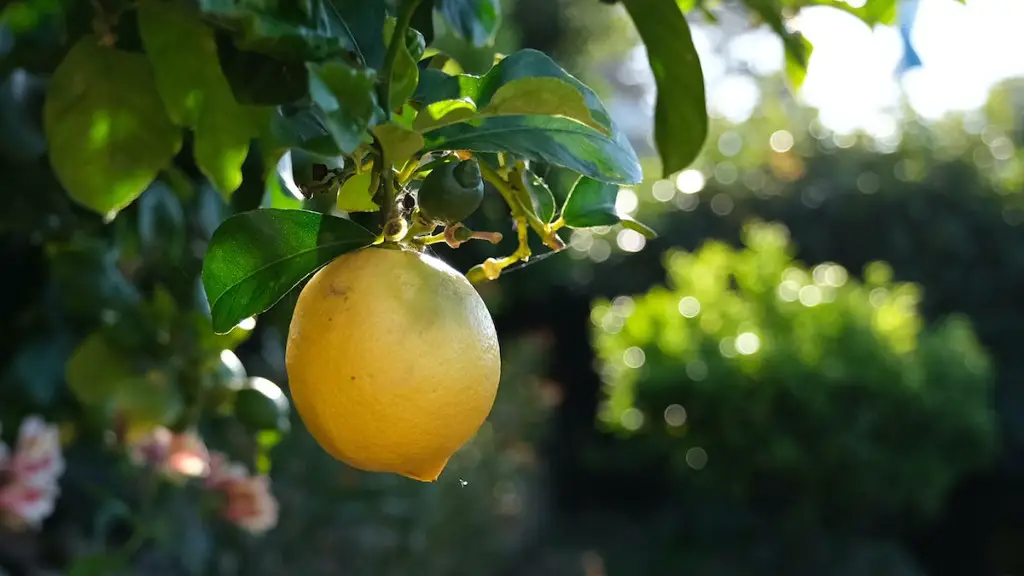Taking care of a dwarf lemon tree is essential to ensure that it produces juicy and succulent fruit. The first step is to provide adequate sunlight. Dwarf lemon trees require at least six hours of direct sunlight each day, so it’s important to locate the tree in an area that receives full sun. If you’re planting multiple trees, you should space them approximately 8 to 10 feet apart so they’re far enough to allow adequate airflow between the trees and to prevent competition for resources.
These trees thrive in soils with an acidic pH level of around 5.0 to 6.4. To test your soil, you can buy a test kit at a local gardening centre or nursery. If you find that your soil’s pH level is too high, amending the soil with peat or other acidic materials can help lower it down.
Proper watering and maintenance are also important for the health of your dwarf lemon tree. Water when the soil dries out, and try to water deeply and less frequently. Mulch bedding is also helpful in controlling weeds and preserving soil moisture. If your tree develops yellowed or spotty leaves, it may be a sign of insufficient water, nutrient deficiency or insect infestation.
Fertilizers help ensure that your tree remains healthy and produces lots of lemons. A citrus fertilizer that’s specially formulated for citrus plants is typically best. Apply fertilizer according to recommendations found on the package, and make sure to spread it evenly across the base of the tree. It’s important to wait to fertilize, however, until the tree has been established for at least six months.
Insects and fungal diseases can cause damage to your dwarf lemon tree. Be sure to inspect the foliage regularly for signs of pests or diseases. If you identify any, prune or spray the tree with a pesticide or fungicide. You should also prune off dead or dying branches to encourage new growth.
Soil Mixture
A soil mixture for dwarf lemon trees should be nutrient-rich and able to retain moisture well. It should also be slightly acidic, with a pH of 5.0 to 6.4. A good mixture is one part of organic mulch, one part organic compost and one part perlite. To further adjust the pH, you can add oak leaf mold or peat moss.
Harvesting
Dwarf lemon trees typically take three to four years to produce fruit. Once your lemon tree begins to bear fruit, you can start harvesting lemons when they are fully yellow and ripe. Most lemons should be ready between mid-spring and late summer. The best way to determine if a lemon is ready for harvesting is to gently twist the stem and see if it comes off easily or not. If so, it’s ready to be picked.
Winter care
In areas where temperatures drop below 32°F, dwarf lemon trees should be protected from frost and freezing. To do this, you can cover the tree with burlap or other insulating material. You should also keep the tree well-watered throughout the winter, as dry conditions are especially damaging to young trees.
Common Problems
Yellow or spotty leaves and branches could indicate nutrient or water deficiency, or insect-related issues. In such cases, you should check for any pests or fungus and take appropriate action. You should also ensure that your tree is getting the proper nutrients and enough water to properly sustain itself.


